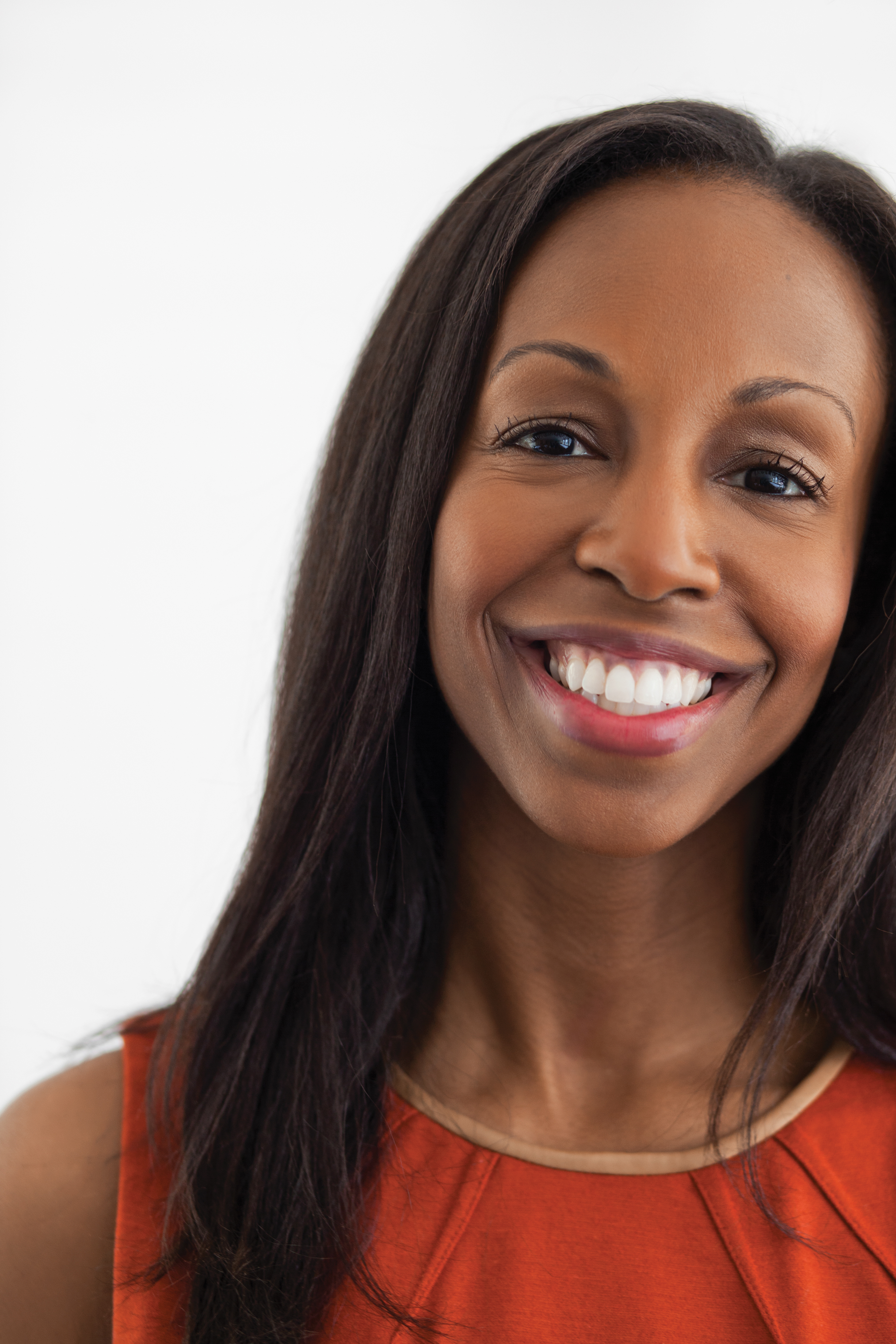The Underappreciated Ties Between Art and Innovation

The path to a great achievement—whether it is a technological innovation or a masterwork of art—is almost never direct. On the contrary, creative breakthroughs often come after wrenching failures. That idea animates The Rise: Creativity, the Gift of Failure, and the Search for Mastery, a book by Sarah Lewis, an art curator who is completing her PhD at Yale. Based on 150 interviews with artists and explorers as well as scientists and entrepreneurs, the book is neither a self-help manual nor a bundle of case studies. It’s a meditation on accomplishments that come from seemingly improbable circumstances and the connections between art and science. Lewis spoke with MIT Technology Review’s deputy editor, Brian Bergstein.
Overcoming failure is the subject of bromides and commencement speeches. At FailCon events, startup founders swap tales of not succeeding. So what’s different about your discussion of failure?
There are failures of very different magnitudes; I’m not even sure I would call some Silicon Valley failures failures. I think of failure as the gap between where you are and where you want to go. The larger it is, the more you call it failure, and the smaller it is, the more you call it having something to improve upon, or needing to pivot. You can have a series of failed entrepreneurial feats, and that feels very different from having your entire life feel like a failure.
I’m thinking [instead] of the importance of structures that let people go deep with their failure while letting it be an entrepreneurial endeavor if they like, or an innovative discovery.
What’s an example?
Andre Geim, a physicist who is based at the University of Manchester, was not seen as someone who would ever win the Nobel Prize, because his experiments could be so outlandish. He won the IgNobel Award in 2000 for levitating a live frog with magnets—and then [won the Nobel] for isolating graphene 10 years later. He was dealing with failure: the psychological frustration that can come when people don’t quite take you seriously was difficult for him to endure, required a kind of courage. And he did [the graphene work] through a process of Friday-night experiments: times where, in the laboratory, they felt free enough to fail, and therefore made these groundbreaking discoveries. He’s a good example of what it means to allow the generative process of failure to help you, through these Friday-night experiments.
He was also doing something quite unusual, which is being a deliberate amateur: every five years or so he would go into another field [of physics] and work on other people’s realms of expertise, go to all the conferences, and ask questions they didn’t dare. It required that he get up to speed quickly in a new field but also, as he describes it, not read himself out of his own new ideas.
At least Geim moved between similar fields. You also write about Samuel Morse, who invented the telegraph after struggling as a painter—though you argue that his art and his invention were closely linked.
Invention, whether in paint or with wires, for him was really one and the same.
Few people recognize that when they’re moved by a work of art, they’re moved by an artist’s ability to solve a problem that is often a long-standing, timeless one. For Cézanne, it was how to realize nature in paint. He didn’t sign 90 percent of his paintings, because he didn’t feel he had yet solved the problem. For Beethoven, it was how to innovate with sound that was new. All these different works are solutions to problems. For some people, there’s no differentiation between finding something new in paint and finding something technologically.
In fact, you contend that art enhances the scientific quest.
I came across a great study by a physiologist, Robert Root-Bernstein of Michigan State University, who’s found that there’s a disproportionately high number of Nobel laureates in the sciences who have artistic avocations that don’t drop away when their scientific work ramps up.
Why do you think that is?
What the arts allow us to do is develop the muscle required for discernment, and also strengthen our sense of agency to determine for ourselves how we’re going to tackle a given problem. Especially when you’re young, it’s one of the few times there’s no set path that someone can point you to go down to figure out the answer to a problem you’re trying to solve. If you’re in a math or science class and you’re trying to learn different equations, there’s an answer and you’re trying to arrive at it. But if I’m drawing a beautiful plant—say I wanted to make the lines really thick. The teacher can’t come over and say, “You know, the lines should be thinner.” There’s no should, really. Ultimately it’s up to the person creating the work to determine what the path is, and that kind of agency is what’s required for innovation.
Deep Dive
Artificial intelligence
Large language models can do jaw-dropping things. But nobody knows exactly why.
And that's a problem. Figuring it out is one of the biggest scientific puzzles of our time and a crucial step towards controlling more powerful future models.
Google DeepMind’s new generative model makes Super Mario–like games from scratch
Genie learns how to control games by watching hours and hours of video. It could help train next-gen robots too.
What’s next for generative video
OpenAI's Sora has raised the bar for AI moviemaking. Here are four things to bear in mind as we wrap our heads around what's coming.
Stay connected
Get the latest updates from
MIT Technology Review
Discover special offers, top stories, upcoming events, and more.